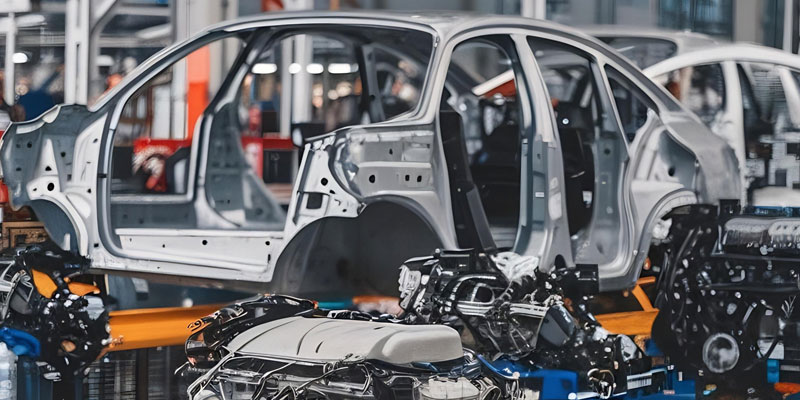Schedule a Call Back
India can save Rs 3 trn by developing indigenous gas turbine engines
 Industry News
Industry News- Sep 09,22

Related Stories

Firstsource Named Leader in Banking Operations by Everest Group
Recognition highlights GenAI-led banking operations expertise
Read more
EV transition and tariff wars redefine India’s auto components play
India’s auto component industry is poised to hit $ 145 billion by FY30 from $ 80 billion in FY25. Yet high US tariff, EV transition and heavy reliance on imports from China expose vulnerabilities,..
Read more
Flender, NRW Discuss Boosting Security and Defence Industry
Flender hosted NRW State Secretary Paul Höller in Bocholt to discuss support for defence manufacturing, rising EU spending and cooperation between industry and government to strengthen security fie..
Read moreRelated Products

Automotive Oil Pump
Kalpak Auto Pvt Ltd offers a wide range of
automotive oil pump.
Tata Motors unveils facilities for development of Hydrogen propulsion tech
Tata Motors, India?s largest automobile company, unveiled two state-of-the-art & new-age R&D facilities for meeting its mission of offering sustainable mobility solutions. The unveilings constitute of Read more
Tata Motors plans petrol powertrain for Harrier and Safari SUVs
Tata Motors is in the process of developing a new petrol powertrain for its premium sports utility vehicles, the Harrier and Safari, as confirmed by a senior company official. Currently, these models Read more















